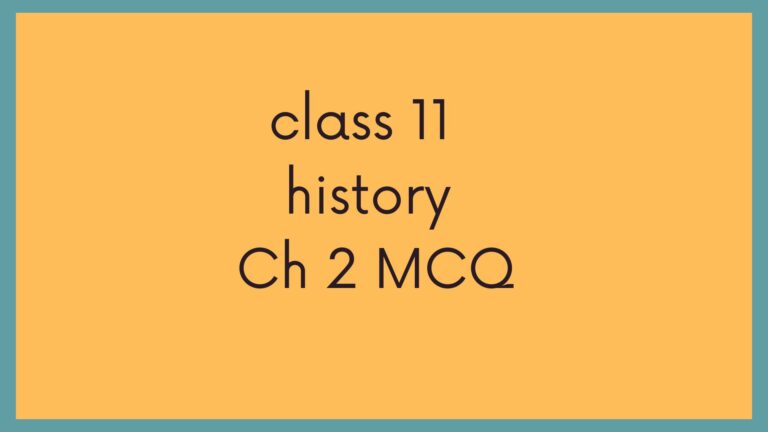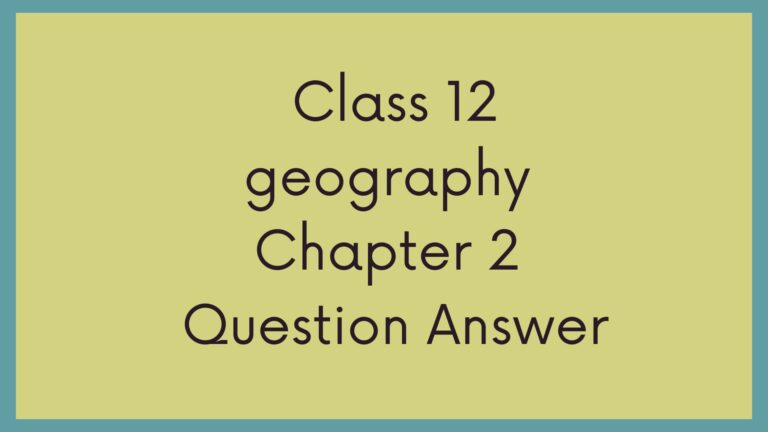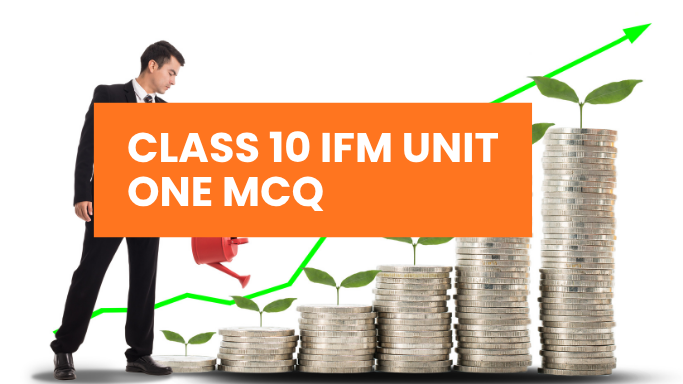NCET Geography Most Important MCQ | NCET 2026 Geography MCQ
This article is focused on providing you with top-class NCET 2026 geography MCQs. NCET Geography Most Important MCQ can help you get the whole book concept in one place and assess your own capability. These MCQs are designed by me based on my class 12 and NCET 2025 experience. I have appeared in NCET and got very good marks. You can also use this and get the best from this. These MCQs are very helpful for those who are thinking of preparing for NCET 2026.
NCET 2026 geography MCQs provided by us are the best among other platforms. We provide you with fully refined and accurate MCQs rather than just spamming them. You can also get the explanation on our YouTube channel. You can also take the geography mock test on our website!

NCET Geography Most Important MCQ
Certainly! Here are 50 multiple-choice questions (MCQs) based on the CBSE Class 12 Geography syllabus, designed to align with the latest exam patterns and key topics. These questions cover both the “Fundamentals of Human Geography” and “India: People and Economy” sections.
🌍 Class 12 Geography MCQs
1. Human Geography: Nature and Scope
- Who is known as the father of modern geography?
- a) Carl Ritter
- b) Alexander von Humboldt
- c) Ptolemy
- d) Immanuel Kant
- Answer: b) Alexander von Humboldt
- Which of the following is not a branch of human geography?
- a) Economic Geography
- b) Political Geography
- c) Biogeography
- d) Cultural Geography
- Answer: c) Biogeography
- The term ‘geography’ was first used by:
- a) Aristotle
- b) Eratosthenes
- c) Herodotus
- d) Strabo
- Answer: b) Eratosthenes
- Which of the following is a qualitative method in human geography?
- a) Cartography
- b) Fieldwork
- c) Statistical analysis
- d) Remote sensing
- Answer: b) Fieldwork
- The study of the spatial distribution of human activities is known as:
- a) Physical Geography
- b) Human Geography
- c) Economic Geography
- d) Political Geography
- Answer: b) Human Geography
2. The World Population: Distribution, Density, Growth, and Composition
- Which continent has the highest population density?
- a) Africa
- b) Asia
- c) Europe
- d) Australia
- Answer: b) Asia
- The most populous country in the world is:
- a) India
- b) United States
- c) China
- d) Indonesia
- Answer: c) China
- The term ‘demographic transition’ refers to:
- a) Changes in population size
- b) Changes in birth and death rates
- c) Changes in migration patterns
- d) Changes in economic activities
- Answer: b) Changes in birth and death rates
- Which of the following is a characteristic of the second stage of demographic transition?
- a) High birth and death rates
- b) High birth rate and declining death rate
- c) Declining birth and death rates
- d) Low birth and death rates
- Answer: b) High birth rate and declining death rate
- The term ‘population pyramid’ represents:
- a) The age-sex structure of a population
- b) The economic structure of a population
- c) The political structure of a population
- d) The cultural structure of a population
- Answer: a) The age-sex structure of a population
3. Human Settlements
- Which of the following is a characteristic of rural settlements?
- a) High population density
- b) Limited social services
- c) High-rise buildings
- d) Industrial activities
- Answer: b) Limited social services
- Which term refers to the movement of people from rural areas to urban areas?
- a) Urbanization
- b) Suburbanization
- c) Counter-urbanization
- d) Rural-urban migration
- Answer: d) Rural-urban migration
- The process of urban growth and expansion is called:
- a) Urban sprawl
- b) Urban decay
- c) Urban renewal
- d) Urban planning
- Answer: a) Urban sprawl
- Which of the following is a feature of a metropolitan city?
- a) Small population size
- b) Limited infrastructure
- c) High economic activities
- d) Limited employment opportunities
- Answer: c) High economic activities
- The term ‘megacity’ refers to an urban area with a population of:
- a) Over 1 million
- b) Over 5 million
- c) Over 10 million
- d) Over 50 million
- Answer: c) Over 10 million
4. Land Resources and Agriculture
- Which of the following is a type of intensive subsistence agriculture?
- a) Shifting cultivation
- b) Wet rice cultivation
- c) Nomadic herding
- d) Commercial grain farming
- Answer: b) Wet rice cultivation
- The Green Revolution in India led to an increase in the production of:
- a) Wheat and rice
- b) Cotton and jute
- c) Tea and coffee
- d) Fruits and vegetables
- Answer: a) Wheat and rice
- Which of the following is a characteristic of commercial agriculture?
- a) Small land holdings
- b) Use of traditional tools
- c) Production for local consumption
- d) Large-scale production for market
- Answer: d) Large-scale production for market
- The practice of growing two or more crops simultaneously on the same piece of land is known as:
- a) Crop rotation
- b) Mixed farming
- c) Agroforestry
- d) Intercropping
- Answer: d) Intercropping
- Which of the following is a major factor affecting the distribution of agriculture?
- a) Climate
- b) Soil fertility
- c) Topography
- d) All of the above
- Answer: d) All of the above
5. Water Resources
- The total volume of water on Earth is approximately:
- a) 1.332 billion cubic kilometers
- b) 2.5 billion cubic kilometers
- c) 3.5 billion cubic kilometers
- d) 4.5 billion cubic kilometers
- Answer: a) 1.332 billion cubic kilometers
- Which of the following is a major river of India?
- a) Nile
- b) Amazon
- c) Ganga
- d) Yangtze
- Answer: c) Ganga
- The term ‘watershed’ refers to:
- a) A large body of water
- b) The area drained by a river and its tributaries
- c) A type of water body
- d) A water conservation technique
- Answer: b) The area drained by a river and its tributaries
- Which of the following is a method of rainwater harvesting?
- a) Dams
- b) Wells
- c) Rooftop collection
- d) Rivers
- Answer: c) Rooftop collection
- The term ‘aquifer’ refers to:
- a) A surface water body
- b) An underground layer of water-bearing rock
- c) A type of irrigation system
- d) A water conservation technique
- Answer: b) An underground layer of water-bearing rock
6. Mineral and Energy Resources
- Which of the following is a non-renewable energy resource?
- a) Solar energy
- b) Wind energy
- c) Coal
- d) Biomass
- Answer: c) Coal
- The term ‘fossil fuels’ refers to:
- a) Renewable energy sources
- b) Non-renewable energy sources
- c) Biomass energy
- d) Hydroelectric power
- Answer: b) Non-renewable energy sources
- Which of the following is a major producer of petroleum?
- a) Saudi Arabia
- b) Japan
- c) Germany
- d) Australia
- Answer: a) Saudi Arabia
- The process of extracting minerals from the earth is known as:
- a) Mining
- b) Drilling
- c) Harvesting
- d) Refining
- Answer: a) Mining
- Which of the following is a renewable energy resource?
- a) Natural gas
- b) Wind energy
- c) Coal
- d) Nuclear energy
- Answer: b) Wind energy
7. Planning and Sustainable Development in Indian Context
- The first Five-Year Plan in India focused primarily on:
- a) Industrial development
- b) Agricultural development
- c) Infrastructure development
- d) Human resource development
- Answer: b) Agricultural development
- The term ‘sustainable development’ refers to:
- a) Development that meets the needs of the present without compromising the ability of future generations to meet their own needs
- b) Development that focuses solely on economic growth
- c) Development that ignores environmental concerns
- d) Development that focuses solely on social welfare
- Answer: a) Development that meets the needs of the present without compromising the ability of future generations to meet their own needs
- The National Action Plan on Climate Change (NAPCC) was launched in:
- a) 2007
- b) 2008
- c) 2009
- d) 2010
- Answer: b) 2008
- Which of the following is a component of the NAPCC?
- a) National Solar Mission
- b) National Wind Mission
- c) National Biofuels Mission
- d) All of the above
- Answer: d) All of the above
- The concept of ‘inclusive growth’ emphasizes:
- a) Economic growth that benefits all sections of society
- b) Economic growth that benefits only the rich
- c) Economic growth that ignores social welfare
- d) Economic growth that focuses solely on industrial development
- Answer: a) Economic growth that benefits all sections of society





